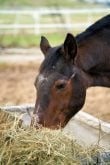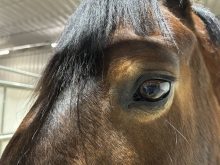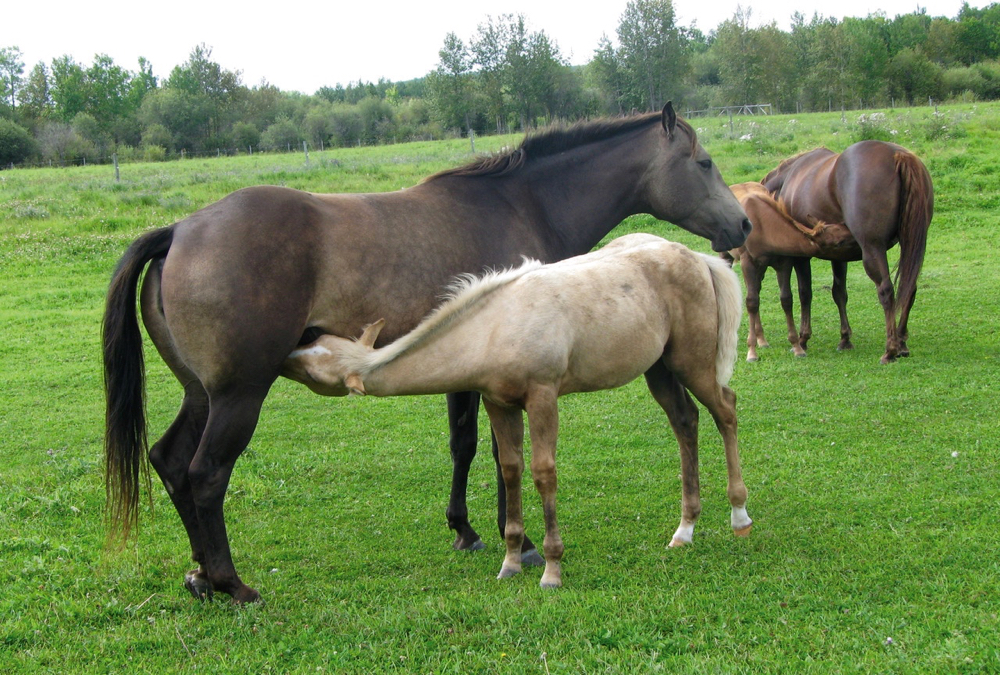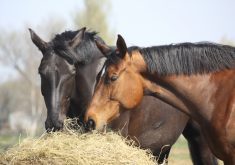Whilst there are many husbandry practices that horse owners can take to create positive change in the health of their horse’s hoofs, timely and diligent hoof trimming can bestow one of the biggest benefits in developing and maintaining a sound and healthy hoof.
Taking care to maintain the hoofs of a 1,000-pound animal that are constantly growing requires a level of due diligence that is often undervalued.
In their natural settings, the hoofs of horses are worn down little by little, step by step as the horse travels in its environment. Hoof wear is a daily event offset by the regenerative feed of new hoof wall.
Read Also

Horns aren’t unlocking anytime soon on livestock transport standards
Standards good enough meet the definition of “humane” animal transportation still vary widely between what what industry wants, what animal rights advocates want and, between the two, what federal regulators decide is good enough.
In domestication, the process of natural checks and balances for hoof wear are disrupted to various degrees and thus trimming practices become necessary, even essential in maintaining the health of the horse’s feet.
Whenever the overgrown hoof remains unchecked, the horse’s foot, limb and entire body are subjected to unnatural and detrimental mechanical forces. The unnatural leverage forces put into play with every step of a distorted hoof places physical and physiological stress upon the internal structures of the hoof and alters the optimal positions and relationships of structural components within the hoof capsule. This in turn strains and compromises the operation of correct biomechanics within the foot, the limb and the entire musculoskeletal system of the horse.
It is easy to understand and appreciate how grossly overgrown and ill-shaped hoofs have a negative impact upon the health of the horse, yet even seemingly small distortions in hoof form can have a pathological influence upon the sensitive tissues within the hoof capsule.
Blood circulation, dissipation of concussive forces, structural integrity and landing patterns of the foot are highly dependent upon the mechanical forces set in motion during the step of a properly shaped hoof capsule. Unfortunately the distortion of hoof capsule shape and its many guises is relatively common in the modern-day horse, even normalized.
So then it is not surprising that foot lameness is currently considered to be one of the most common causes of musculoskeletal disease in the horse.
The trimming needs will depend upon age, level of movement, terrain and/or environment, season, weather and nutritional influences. The need also varies with the requirements of the individual horse. With education and experience, horse owners can learn to become proficient in identifying when their horse/s’ hoofs would benefit from a trim.
The shape of the underside or solar surface of the hoof is very sensitive to lack of natural wear and thus can be used as a reliable indicator in the early stages of hoof capsule overgrowth and its distortion. The natural shape of the underside of the hoof at the correct length will differ from that of a hoof that is becoming overgrown.
The general appearance of the solar surface of a balanced hoof is circular and/or round like a pie — not oval, elliptical or potato shaped. When the shape is circular it will have a 50:50 balance of mass in front of and behind the widest part of the foot. Keep in mind the hind hoofs tend to naturally be more spade shaped.
The early effects of ‘unchecked’ natural wear will generally appear at the toe first. At a good length, the toe will be more circular; at a longer length, the toe will become more oval and prominent. With every step the overgrown toe begins to act as a mechanical lever which stresses the integrity of the white line and skews the internal and external structures of the hoof forward. These unnatural forces cause the caudal and/or back region of the foot to ‘creep’ and/or migrate forward. This pulls the frog and bulbs of the heel forward from their ideal position. Once out of position the back of the hoof can no longer function optimally in its capacity to dissipate concussive forces upon weight bearing and support the weight of the bony column.
Over time the disruptive forces from improper hoof mechanics become evidenced in toe or quarter cracks, flared walls, sheared heels and underrun heels. The further the trim cycle is strung out, the greater disrupted mechanical forces negatively impact the health of the foot.
Owners of shod horses need to be especially careful not to let their horses’ feet become overgrown. Horseshoes prevent any natural wear of the hoof wall from the time they are placed on. Although the farrier trims the hoof wall to its ideal length when the shoe is put on, the hoof itself will be growing beyond its ideal from that moment on.
Given what the cost of ‘unchecked’ growth can mean to the shape of the hoof and thus the soundness of the horse it is worthwhile to consider shortening trimming periods. Quicker response times which address and develop hoof shape with more frequent and smaller changes can bring substantial improvements to hoof function, promote athletic ability and lameness-free horses.
















